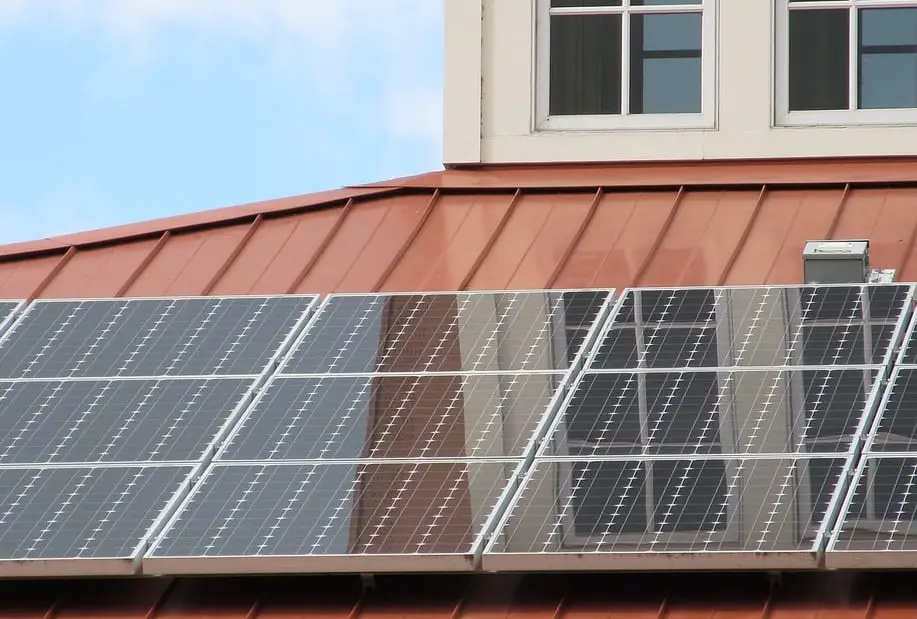
New HPEV cell splits water into hydrogen fuel and electricity
October 31, 2018A team of scientists have developed a way to generate two different forms of energy via water-splitting.
A new device known as an HPEV cell has been developed by a research team from the US Department of Energy`s Lawrence Berkley National Laboratory and the Joint Center for Artificial Photosynthesis. The HPEV (hybrid photoelectrochemical and voltaic) cell converts sunlight and water to generate two different types of energy: hydrogen fuel and electricity.
The newly developed device is not as limited as current artificial photosynthesis devices.
The HPEV cell is a water-splitting device. More specifically, water splitting is an artificial photosynthesis technique that involves the use of sunlight to produce hydrogen fuel from water.
However, the trouble with today’s typical artificial photosynthesis devices that use this method is that they are limited in what they can achieve. The reason is that they do not possess materials with the appropriate combination of optical, electronic and chemical properties necessary for these devices to work with efficiency.
“It’s like always running a car in first gear,” the study`s lead author Gideon Segev said in a statement, reported R&D Mag. “This is energy that you could harvest, but because silicon isn’t acting at its maximum power point, most of the excited electrons in the silicon have nowhere to go, so they lose their energy before they are utilized to do useful work,” Segev explained about the efficiency problems of current water-splitting devices.
Gideon Segev is a postdoctoral researcher at JCAP in Berkeley Lab’s Chemical Sciences Division.
The new HPEV cell has two electrical contacts linked to the silicon component’s back surface instead of one.
This additional back outlet enables the current to be split into two. This way one part of the current is able to contribute to hydrogen fuel production and the other part can be extracted as electrical energy.
The extra back outlet allows the current to be split into two, so that one part of the current contributes to solar fuel generation and the other part can be extracted as electrical power.
The HPEV device is also able to harvest leftover electrons that are not part of the fuel generation process. These are utilized to produce electrical power. The result is a substantial boost in the overall energy conversion efficiency. The  scientists’ findings were published in the journal Nature Materials.
scientists’ findings were published in the journal Nature Materials.
Going forward from this point, the researchers are examining whether they can use their HPEV cell concept for other applications, among which includes the lowering of CO2 emissions.



 With over 15 years of reporting hydrogen news, we are your premier source for the latest updates and insights in hydrogen and renewable energy.
With over 15 years of reporting hydrogen news, we are your premier source for the latest updates and insights in hydrogen and renewable energy.